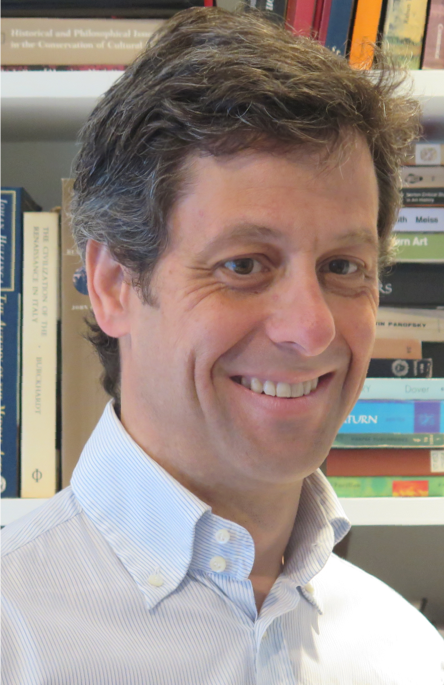
David E. Karmon
From the texture of dry wood to the smell and taste of moist vapor, buildings provide us with multiple and complex sensory stimuli. My book (its title recalling William James’s famous investigation, The Varieties of Religious Experience) sets out to examine the fundamental but little explored psychological impact of early modern buildings and cities. Early modern thinkers were keenly alert to such issues—Erasmus criticized the miasma emanating from unkempt English houses, while Montaigne noted that the smell of incense lifted his spirits during church services—and yet the standard narrative of architectural history has neglected the rich sensory record by attending only to visual forms. This book examines how the sensation of architecture, registered in memory, space, and everyday movement, defined the critical contours of experience and knowledge in the early modern world.